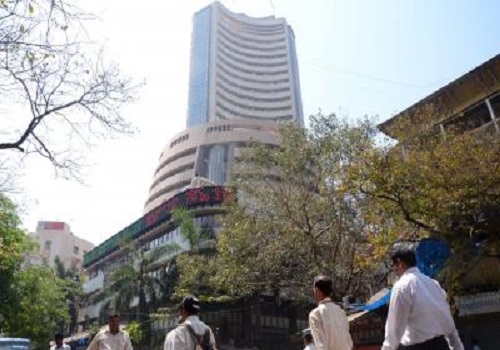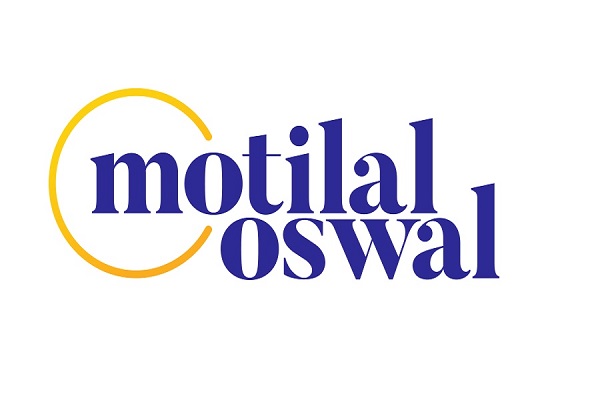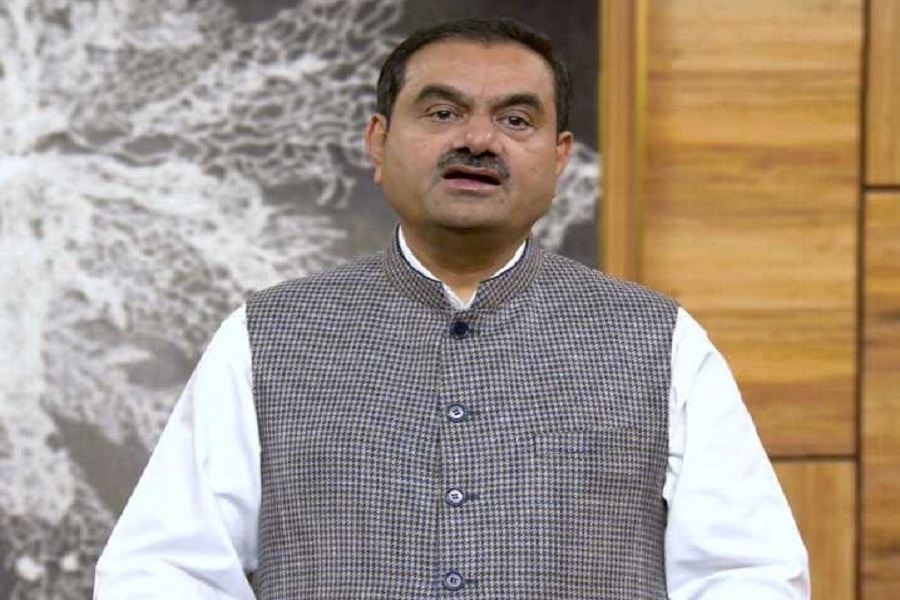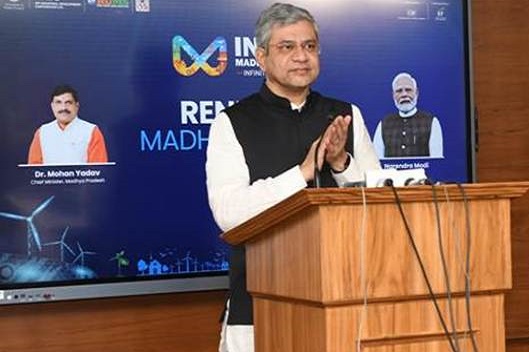Beyond the `Dovish Taper` surge - JM Financial

Beyond the “Dovish Taper” surge
Progression on our global inflections thesis (read here) is panning out broadly in-line, although there is a nuanced difference in the nature of the impending US taper. The “Dovish Taper” articulation by the Fed contrasts our “Uneasy Taper” view, which has triggered a strong rally since the last week of Aug’21. While it was aimed at avoiding a taper tantrum, we believe the case for an “Uneasy Taper” is still valid.
The emergence of negative economic and high inflation surprises in the US and across the world, particularly in G10 economies, makes the transient inflation argument sound less tenable. Also, there are initial signs of global supply chain rigidities easing, but constraints are still fairly elevated. Additionally, the global economy is definitely slowing, especially in China.
Developed Markets (DMs) are also seeing high inflation and supply bottlenecks, which have slowed the growth outlook after recent peaks. India’s 1QFY22 GDP print at 20% and recovery in high frequency data after Covid Wave 2 shocks have rekindled hopes of a better growth outlook. However, we see India’s growth also moderating as positive impulses from key drivers of post-pandemic recovery, viz. rebound in global trade and fiscal expansion, are expected to fade in 2HFY22 and FY23.
Continuing with our global inflection thesis, we expect India’s growth outlook to be driven by domestic consumption. We remain selective on capital goods as well as banks and underweight on metal. Mid and small caps have rebounded on “Dovish Taper” enthusiasm but have still underperformed on monthly returns; their relative valuations to large caps and Nifty remain elevated, thereby continuing to justify a selective approach. Our focus sectors - IT, services, consumption - continued to outperform.
* Consumption to drive India growth as fiscal and trade impetus fades:
The 1QFY22 GDP growth rebound of 20.1% and revival in high frequency data after Wave 2 have rekindled hopes of a better growth outlook. However, 1QFY22 real GDP stands 4.7% lower (CAGR) compared with 2 years ago and 14% less than the pre-COVID trend, reflecting the underlying weakness. The COVID shock has led to trend growth declining to 2% from 6.5% earlier and we estimate new potential growth at 5.5%. Recovery since the pandemic shock has been led by a rebound in global trade, modest domestic fiscal stimulus, the economy adapting to the COVID spread and a resilient agri-economy.
Lower fiscal spending growth compared with FY21, a marked deceleration in the global economy, elevated cost inflation and a potential third wave would imply slower 2HFY22 and FY23E in India as well; 9.0% in FY22E and 6.5% in FY23E with risk on the down side. We expect India’s growth to be driven by domestic consumption, services sectors that are still lagging and a resilient rural sector. Private capex will lag consumption.
* China slows further; cross-cyclical response may not be a big-bang stimulus:
The deceleration in China’s economic activities in Aug’21 extends the wide-spread deceleration observed in Jul’21; manufacturing sector activities contracted in Aug’21. While the impact of the Delta variant spread and floods explain the steep plunge in services and non-manufacturing PMI in Aug’21, the decline has been noticeable since the Mar’21 peak.
There have been moderations in industrial production, new orders, export orders, raw material and inventory levels. The slowdown is now reflecting in softening commodity prices and cost inflation but these still remain elevated. China has initiated a pre-emptive reduction in RRR and is implementing cross-cyclical adjustments as against a big-bang stimulus. Thus, while there can be some improvement in select activities, the lack of a big-bang stimulus would still imply moderation in 2H2021.
China’s real GDP growth is projected to slow from 8.5% in 2021E to 5.8% and 5.5% in 2022E and 2023E, respectively (IHS). Global growth projections have also been scaled down to 5.7% (-0.1%) and 4.5% (-0.2%) for 2021 and 2022, respectively. As per the WTO’s latest update, world trade volume has peaked after rebounding by 21% from 2Q2020 bottoms; incremental growth in 2Q 2021 was probably flat.
* Global growth-inflation divergence: Manufacturing PMIs of developed economies remain at high levels but there are early signs of peak-out even as EMs experience a marked decline. Global manufacturing PMI declined to 54.1 in Aug’21 from a peak of 58 in Mar’21. Negative economic surprise indices across the world, G10 and emerging markets (source Citibank) are turning from positive to negative while inflation surprises are starkly higher, reflecting a stagflationary situation. Thus, there are similarities between the current scenario and the 2008 episode.
* Commodity prices softening, but still a long way to go: The manufacturing sector slowdown in China and developed economies (starting to decelerate from peak expansion) explains the initial softening in commodity prices. The Food Price Index declined 10% in Aug’21, crude fell 10% from the peak and all commodities index, metals and industrial commodity indices softened by 4% each. There are signs of cooling off in steel prices in China and global export prices. But commodities prices are still considerably elevated, implying further scope for a decline in the months ahead. While in the short term, a Dovish Taper pronouncement has caused a small rise in commodity prices, we continue to retain our global inflection thesis of a) slower global growth, including in China, b) QE taper by the US Fed, c) a correction in the commodity price bubble, and d) an eventual easing of global supply chain problems. The US ISM delivery times Index remains very high at 69 in Aug’21 despite the decline from the 4 decade high of 79 in May’21. The spread of the Delta variant is a risk to further improvement.
* Does Dovish Taper change the trajectory? Not really: The dovish taper announcement and the consequent 1.5% softening in the USD contrasted our assumption of continued strengthening. Looking beyond the near-term psychological impact we expect a) reasonable chance of taper starting in 4Q2021, b) monthly cut-back of USD 15-20bn and eventual rate lift-off by end-2022, c) US money supply (M2)/ GDP declining from 89% currently to 80% by end-2024. With US leading the global normalisation process among major central banks, the USD should resume a strengthening bias. Under such a scenario, the Nifty PE multiple would normally have downside bias. Since it already declined to 25.3x in Aug’21 from 40x in Mar’21 before the recent bounce to 26.3x, it is likely that valuation multiples would remain ranged with the steady state around 24x. In the context of an imminent growth slowdown, performance would be driven by sectors or a stock-specific growth outlook.
* Fed’s complacency can shift the narrative from “Dovish” to “Uneasy Taper”: The predominant cause of US negative economic surprises is high inflation, rather than lack of demand. US households are endowed with sufficiently large firepower fuelled by fiscal dole outs to spend out of, given high personal savings rate (9.6% Jul’21 or USD 1.9tn). But high inflation is now adversely impacting consumer sentiment. Hence, the necessary policy interventions are in domain supply chains, speedy vaccination and removal of disincentives for the unemployed workforce to join work. Hence, sustaining the Fed’s dovish stance as a growth stimulating instrument is irrelevant and possibly counter-productive as dollar weakening tends to aggravate commodity prices and inflation. The risk is that if labour shortage and supply chain problems worsens and inflation sustain longer, for instance due to the spread of the Delta variant, the scenario can get even more challenging, forcing a shift from “Dovish Taper” to “Uneasy Taper”.
To Read Complete Report & Disclaimer Click Here
Please refer disclaimer at https://www.jmfl.com/disclaimer
CIN Number : L67120MH1986PLC038784
Above views are of the author and not of the website kindly read disclaimer
























